Cantor Arts Center presents the photographic work of Gordon Parks
A Loaded Camera features images by the groundbreaking African American artist Gordon Parks, who used his camera to confront racism and discrimination.
Langston Hughes, Malcolm X and Sister Ethel Muhammad Sharrieff are some of the famous faces featured in the third and final exhibition in a series at the Cantor Arts Center celebrating The Capital Group Foundation Photography Collection at Stanford University, a collection of more than 1,000 20th-century photographs by American artists.
A Loaded Camera: Gordon Parks, on view in the Ruth Levison Halperin Gallery through July 3, celebrates the artistry and impact of Parks’ documentary photography.
Parks’ work as a photographer, writer, composer and filmmaker repeatedly broke barriers set against African Americans. For the self-taught Parks, born to a family of 15 children in a segregated Kansas town, taking a photograph was never a neutral act. He famously wrote that early on, he understood his camera to be a “weapon against all the things I dislike about America – poverty, racism, discrimination.”
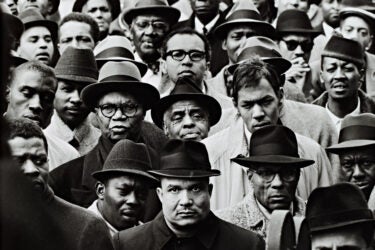
Image credit: Courtesy of and © The Gordon Parks Foundation. The Capital Group Foundation Photography Collection at Stanford University, 2019.47.55
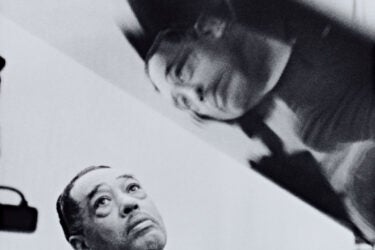
Image credit: Courtesy of and © The Gordon Parks Foundation. The Capital Group Foundation Photography Collection at Stanford University, 2019.47.44
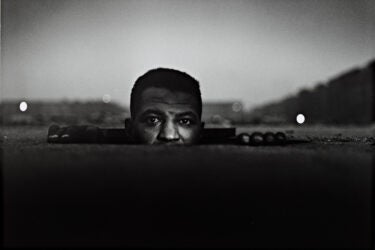
Image credit: Courtesy of and © The Gordon Parks Foundation. The Capital Group Foundation Photography Collection at Stanford University, 2019.47.30
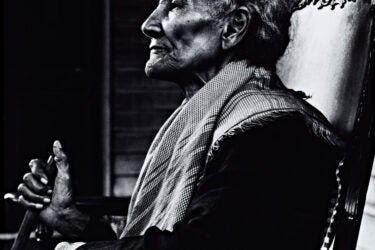
Image credit: Courtesy of and © The Gordon Parks Foundation. The Capital Group Foundation Photography Collection at Stanford University, 2019.47.26
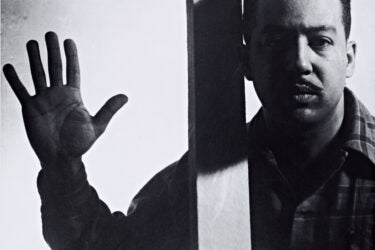
Image credit: Courtesy of and © The Gordon Parks Foundation. The Capital Group Foundation Photography Collection at Stanford University, 2019.47.1
Elizabeth Kathleen Mitchell, Cantor’s interim co-director and the museum’s Burton and Deedee McMurtry curator, organized the two previous Capital Group photography exhibitions featuring the influential works of Ansel Adams, John Gutmann, Helen Levitt, Wright Morris and Edward Weston.
In this final installation in the series, Mitchell puts Parks’ portraits – of famous, infamous and anonymous subjects – in the spotlight. Images from some of his best-known photojournalistic projects of the 1940s through the ’60s are featured, including photographs of members of the Nation of Islam and the Black Panthers.
“The artist honed his direct visual style during World War II. He learned to anticipate critical moments and invest information in the body, through its gestures and physical context,” Mitchell writes. “The volatile civil rights era further sharpened and refined his voice while continuing to expose the deep roots of contemporary racism and economic inequity in the United States.”
For Mitchell, A Loaded Camera is an example of the way photography has transformed how the Cantor addresses the aesthetic and social concerns of 20th-century American art. She writes, “Parks’ portraits and close figure studies offered clear and personal views into Black American life. The persuasive humanity of the images is a testament to Parks’ capacity to create objective and documentary art while also motivating social change.”
Docent tours of A Loaded Camera are being offered on a first-come, first-served basis on Fridays and Saturdays at 2 p.m. from March 11 through July 3.
The Cantor Arts Center is open Wednesday through Sunday, 11 a.m. to 5 p.m. The museum is always free with all-day reservations.